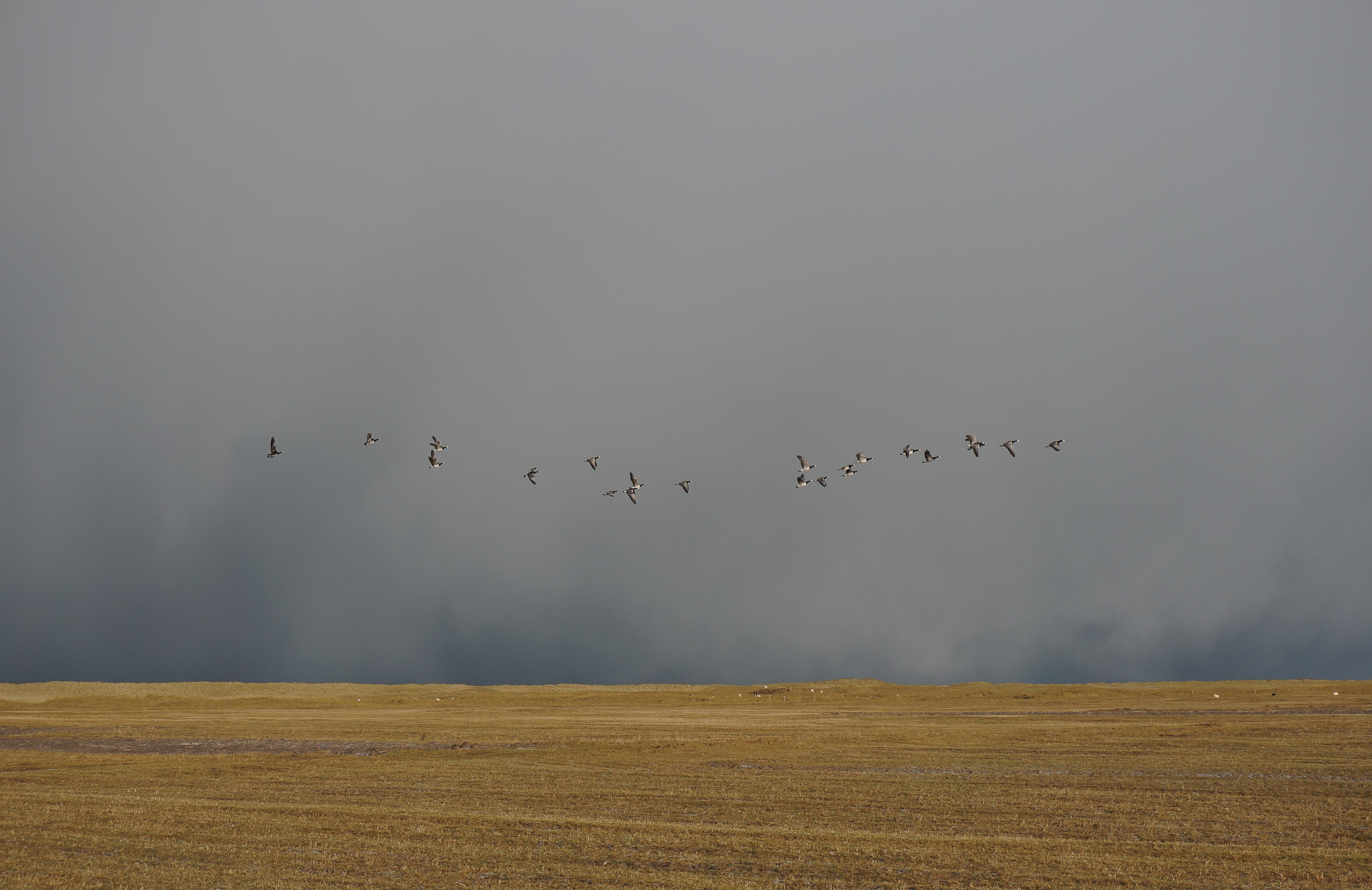So there I lie on the plateau, under me the central core of fire from which was thrust this grumbling grinding mass of plutonic rock, over me blue air, and between the fire of the rock and the fire of the sun, scree, soil and water, moss, grass, flower and tree, insect, bird and beast, wind, rain, and snow – the total mountain. Slowly I have found my way in. If I had other senses, there are other things I should know.
(Shepherd 2011: 105)
Have you read Nan Shepherd’s book The Living Mountain?
I think it is the most important book I have read in terms of considering the harsh beauty of my own environment here in the Hebrides. It details and explores a woman’s relationship with the Cairngorm mountains in the Highlands of Scotland between the two World Wars. Again and again, I return to this book to dip into the folds of its pages, to read a passage or remember a few words.
Nan Shepherd completed the final draft of The Living Mountain in 1945, when she shared it with her friend and Scottish author Neil Gunn, seeking advice and feedback. Gunn was complimentary but suggested that it might be ‘difficult’ to get it published. Thus, Shepherd deposited the manuscript in a drawer where it lay for over forty years before being quietly published by Aberdeen University in 1977. Thankfully, Canongate Books republished it in 2011 and since then it has been highly acclaimed with Shepherd finally being heralded as one of Scotland’s greatest female writers.
In-migrating Barnacle geese arrive on Berneray machair.
Through the Living Mountain, Shepherd shared her experience of dwelling within the Cairngorm mountains. She writes about perceiving the mountain with her whole body: sight, sound, touch and smell. Walking endlessly within it to the point where the motion of this rhythm resulted in a state of quiescence, where mind and body were one: ‘It is a journey into Being; for as I penetrate more deeply into the mountain’s life, I penetrate also into my own. … I am not out of myself, but in myself. I am.’ (Shepherd 2011: 108)
Her life was dedicated to these wanderings and amblings, breathing in the sweet heathy mountain air, catching the flit of a bird wing, the rumble of a hillside waterfall, the brush of damp ferns. A relationship that could not be rushed, ‘not done easily nor in an hour. It is a tale too slow for the impatience of our age’. (Shepherd 2011: 1)
As her relationship with the mountain matured, her focus to attain the summit, as was the tendency with her male or younger companions, was replaced by circumambulation of the plateau and being within the mountain:
Yet often the mountain gives itself most completely when I have no destination, when I reach nowhere in particular, but have gone out merely to be with the mountain as one visits a friend with no intention but to be with him. (Shepherd 2011: 15)
Her text does not read as a guide book to path nor species, but is rich in poetic description, at one point when she is noting birds in the mountains before her, she checks herself: ‘But why should I make a list? It serves no purpose, and they are all in the books. But they are not in the books for me – they are in living encounters, moments of their life that have crossed moments of mine.’ (Shepherd 2011: 67)
Similar to her lack of desire to conquer the summits, her purpose was not to claim these species by recording and noting but to experience them as part of the whole mountain. Through her text Shepherd describes vividly the physical and ecological aspects of the mountain. Her beautifully detailed, quiet, slow descriptions of the plateau, water, plants, birds etc. including ‘man’ bring the mountain vividly to the minds eye.
This distillation of experience concludes with Chapters on: Sleep, The Senses, and Being. Through ‘sleep’ she reaches an harmonious sense of being, but she refers not necessarily to the act of sleep but a state of ‘quiescence’ of quietness, of stillness where her body and mind, ‘the instrument’ of her engagement, are at one with place:
I have been the instrument of my own discovering; and to govern the stops of the instrument needs learning too. Thus the senses must be trained and disciplined, the eye to look, the ear to listen, the body must be trained to move with the right harmonies. I can teach my body skills by which to learn the nature of the mountain. One of the most compelling is quiescence. (Shepherd 2011: 90)
And so for Shepherd the meditative act of walking, the sensuousness of being, overrides conscious thought:
The body is not made negligible, but paramount. Flesh is not annihilated but fulfilled. One is not bodiless, but essential body. … what it is to be. I have walked out of the body and into the mountain. (Shepherd 2011: 106)
There is no conclusion to The Living Mountain, no conquest, nothing finite nor defined. Within Shepherd’s text she has avoided any attempt to list or categorise the ecology around her, instead her search has been to reach a state beyond consciousness that has no bounds in time nor space. She leaves us, therefore, with her modest and respectful sense of the open-ended infinite:
Knowing another is endless. The thing to be known grows with the knowing. (Shepherd 2011: 108).


